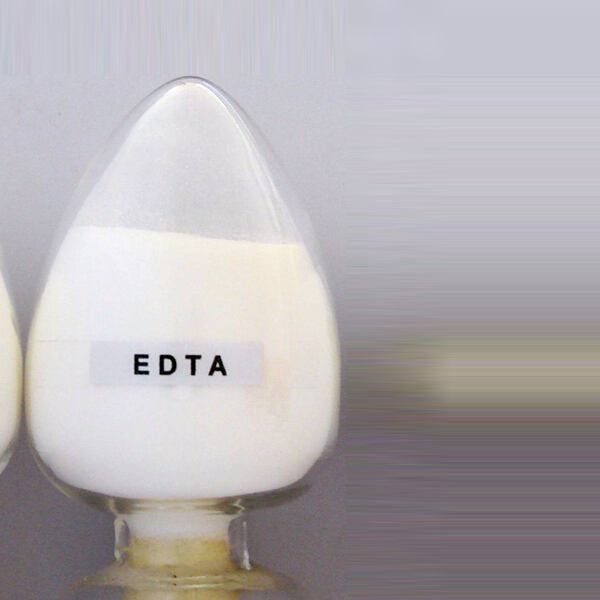
News
Dec . 10, 2024 13:08 Back to list
plant biostimulant act
Understanding the Plant Biostimulant Act A New Era in Agricultural Innovation
The agricultural landscape is rapidly evolving, driven by the need for sustainable practices and innovative solutions to address food security and environmental challenges. One significant development in this arena has been the introduction of the Plant Biostimulant Act, aimed at regulating and promoting the use of biostimulants in agriculture. This legislation represents not only a shift in regulatory frameworks but also an affirmation of the vital role that biostimulants can play in enhancing plant growth and resilience.
What are Plant Biostimulants?
Plant biostimulants are substances or microorganisms that, when applied to plants or soils, can enhance plant growth, nutrient uptake, and overall health. Unlike fertilizers that primarily supply nutrients, biostimulants work by stimulating natural processes in the plant, ultimately leading to improved soil health and crop productivity. They can include a diverse range of products, such as humic acids, amino acids, seaweed extracts, and beneficial microbes.
The burgeoning interest in biostimulants stems from their potential to improve agricultural sustainability. These substances can reduce the need for chemical fertilizers and pesticides, support soil biodiversity, and enhance the efficiency of water usage in crop production. Their role is increasingly recognized in the quest to cultivate crops that can withstand the stresses brought on by climate change, thereby ensuring food security for a growing global population.
The Need for Regulation
With the growing market for biostimulants, the need for coherent regulation has become evident. The Plant Biostimulant Act aims to establish clear definitions, standards, and labeling practices for biostimulants, ensuring they are safe and effective for use in agriculture. Prior to this legislation, the biostimulant industry operated in a regulatory gray area, which often led to confusion among consumers and farmers about product efficacy and safety.
One of the key objectives of the Act is to provide farmers with access to scientifically backed products that are proven to deliver results. This is crucial, as many farmers are increasingly looking for sustainable alternatives to traditional agricultural inputs. By promoting transparency and standardization, the Act helps instill confidence in farmers about the biostimulants they choose to employ in their farming practices.
plant biostimulant act

Streamlining the Approval Process
Another significant aspect of the Plant Biostimulant Act is the emphasis on streamlining the approval process for new biostimulant products. Traditional agricultural input approvals can be lengthy and cumbersome, often stifling innovation in the market. The Act aims to establish a more efficient framework that allows for the quicker introduction of new biostimulant products based on rigorous scientific evaluation.
This not only encourages investment in research and development but also ensures that farmers have access to the latest advancements in agricultural technology. By fostering a climate of innovation, the Act aligns with broader goals of enhancing agricultural productivity while minimizing environmental impacts.
Encouraging Research and Development
The Plant Biostimulant Act also places a strong emphasis on research and development in the field of biostimulants. By allocating resources for studying the effects and mechanisms of these products, the Act encourages academic and corporate partnerships to explore new biostimulant formulations and applications. This collaborative approach can lead to breakthroughs that enhance crop yields and resilience in the face of changing climatic conditions.
Moreover, the Act underscores the importance of educating farmers and stakeholders about the benefits and proper use of biostimulants. By disseminating knowledge and providing guidance, the agricultural community can make informed choices about integrating biostimulants into their practices.
Conclusion
The Plant Biostimulant Act marks a significant step forward in promoting sustainable agricultural practices. By providing a regulatory framework that ensures product safety, efficacy, and transparency, the Act not only supports farmers in making informed decisions but also fosters innovation in the industry. As the global agricultural sector continues to grapple with the challenges of population growth, climate change, and resource scarcity, biostimulants have the potential to play a pivotal role in shaping a more sustainable and resilient future. The Act is an auspicious beginning for this promising aspect of agriculture, paving the way for a more productive and environmentally friendly approach to farming.
-
Polyaspartic Acid Salts in Agricultural Fertilizers: A Sustainable Solution
NewsJul.21,2025
-
OEM Chelating Agent Preservative Supplier & Manufacturer High-Quality Customized Solutions
NewsJul.08,2025
-
OEM Potassium Chelating Agent Manufacturer - Custom Potassium Oxalate & Citrate Solutions
NewsJul.08,2025
-
OEM Pentasodium DTPA Chelating Agent Supplier & Manufacturer High Purity & Cost-Effective Solutions
NewsJul.08,2025
-
High-Efficiency Chelated Trace Elements Fertilizer Bulk Supplier & Manufacturer Quotes
NewsJul.07,2025
-
High Quality K Formation for a Chelating Agent – Reliable Manufacturer & Supplier
NewsJul.07,2025
